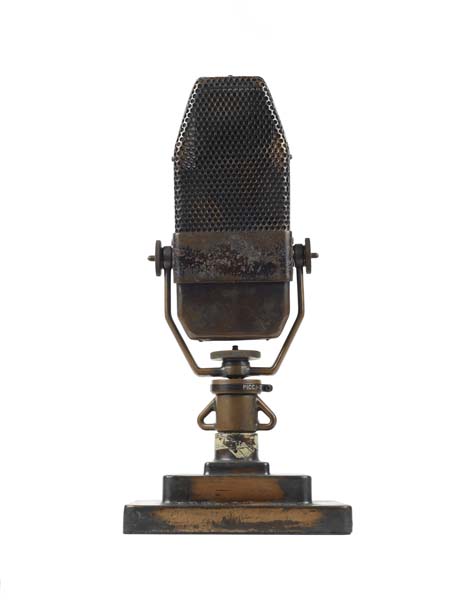British Broadcasting Corporation
In 1922 the General Post Office (the government department in charge of communications) trialled two experimental radio stations, 2MT (Writtle Chelmsford), and 2LO (London). The transmissions were deemed a success and a group of leading wireless manufacturers, including Guglielmo Marconi, were able to set up the British Broadcasting Company.
The company’s first broadcast went out on 14 November from Marconi’s studio in London. The following day, broadcasts were made from Birmingham and Manchester, and soon the network spread. By 1925 the BBC was broadcasting across most of the United Kingdom from their base in Savoy Hill, just off the Strand.
A variety of shows were broadcast daily such as plays, concerts and talk shows but it was for its informative news bulletins that the BBC became renowned. The bulletins were originally prepared by newspaper agencies and were broadcast at 7pm so that they didn’t interfere with sales of daily newspapers. In 1926, the General Strike meant that no regular newspapers were published, and so the BBC became the only source for news.
In 1927 John Reith, the General Manager of the BBC, was knighted and the company became the British Broadcasting Corporation. This was a new form of business organisation, a ‘public corporation’ operating independently from government but driven by the public interest, rather than profit. John Reith took the BBC’s mission very seriously, and saw the corporation as an agent for national education and standard-setting. In 1932 the BBC moved to a larger purpose-built radio production centre in Portland Place, a building that became known as Broadcasting House.
With radio transmissions well established, in 1936 the BBC trialled two television systems. One was by John Logie Baird, and the other developed by Marconi. The first television transmission took place from Alexandra Palace in London, and after two months Marconi’s system was chosen. On 12 May 1937 around 10,000 witnessed the coronation of King George VI broadcast live on British television.
Two decades later in 1953, televisions were more affordable and more widely available. As many as 22 million people watched the coronation of Queen Elizabeth II. It changed the history of television viewing in the United Kingdom, since many people bought television sets specifically to watch this one event.
In June 1960, the BBC Television Centre in Shepherd’s Bush was opened and a second channel was launched: B.B.C. Two. During the 1960s, a large number of pirate radio stations emerged and, in response, the BBC created BBC Radio One to attract a younger audience. In 1967, BBC Leicester was the first local radio station to broadcast, and by 1970 there were 20 regional stations.
Until 1967 all television broadcasts had been in black and white, but colour broadcasts started on B.B.C. Two in this year and on B.B.C. One by 1969.
In 1972 the much-loved CEEFAX (phonetic for ‘See facts’) service was introduced. This was the first teletext system and was intended as an aid for viewers with hearing impairments.








